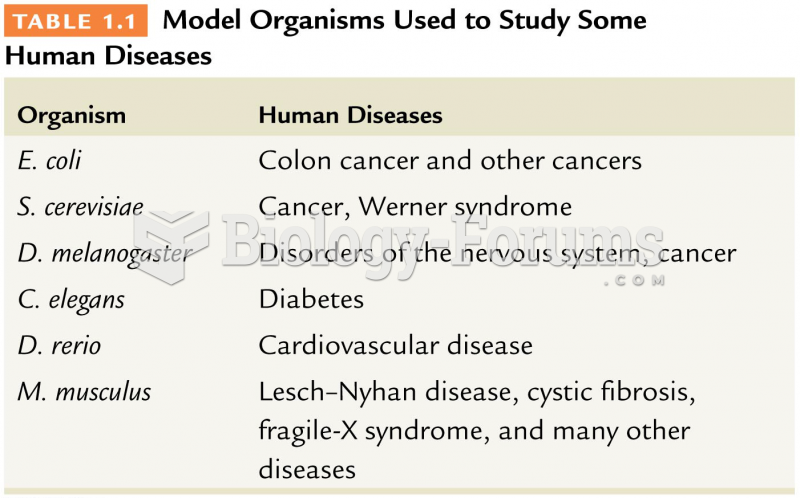Answer to Question 1
ANS: B, F, G
Purposive sampling, network sampling, and theoretical sampling are used more frequently in qualitative studies than in quantitative studies. In purposive sampling, sometimes referred to as purposeful, judgmental, or selective sampling, the researcher consciously selects certain participants, elements, events, or incidents to include in the study. In purposive sampling, qualitative researchers select information-rich cases, or those cases that can teach them a great deal about the central focus or purpose of the study. Network sampling, sometimes referred to as snowball or chain sampling, holds promise for locating samples who are difficult or impossible to obtain in other ways or who had not been previously identified for study. Network sampling takes advantage of social networks and the fact that friends tend to have characteristics in common. Theoretical sampling is usually applied in grounded theory research to advance the development of a selected theory throughout the research process (Munhall, 2012). The researcher gathers data from any individual or group that can provide relevant data for theory generation.
Answer to Question 2
ANS: D, E
Thus, nonprobability sampling methods increase the likelihood of obtaining samples that are not representative of their target populations. However, the majority of nursing studies use nonprobability sampling, especially convenience sampling, to select study samples. In conducting studies in nursing and other health disciplines, there are limited subjects available and often a random sample is not possible to obtain. Researchers often include any subjects willing to participate who meet the eligibility criteria.







